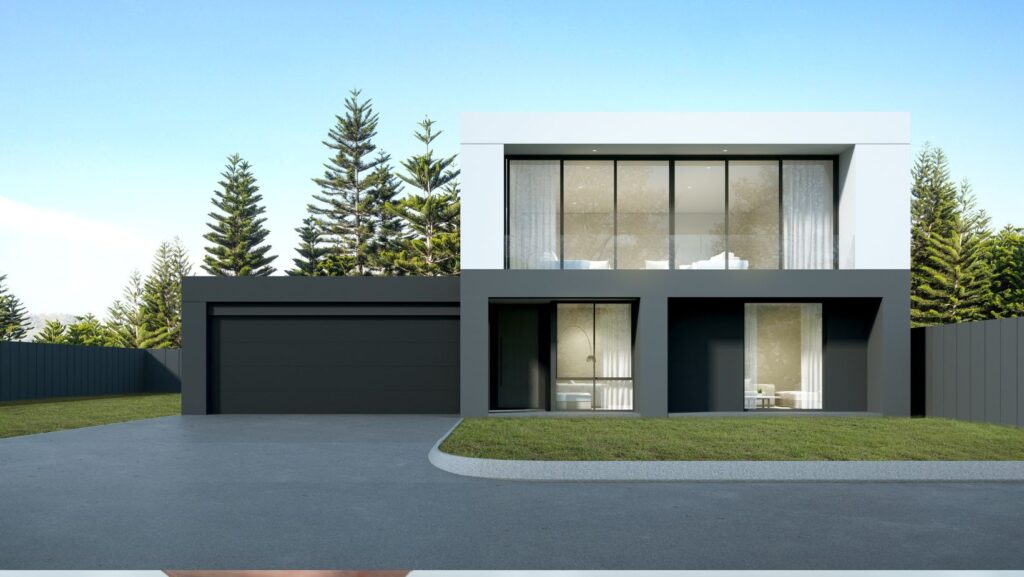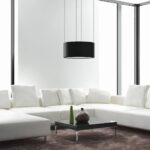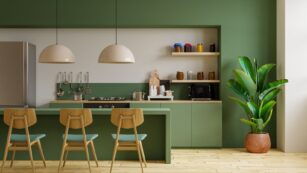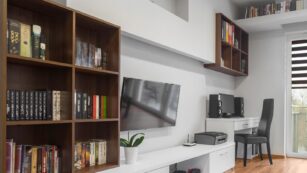
In the world of modern architecture, transparency and the seamless blending of indoor and outdoor spaces have become increasingly popular. One of the most effective ways to achieve this is by incorporating glass walls into home designs. Glass walls for home not only enhance natural light and offer stunning views but also create a sense of openness and continuity that is often sought in contemporary living spaces. Here are some innovative design ideas to inspire the integration of glass walls into your modern home.
Blurring the Line Between Indoors and Outdoors
One of the primary advantages of glass walls is their ability to blur the boundaries between indoor and outdoor spaces. By using glass walls that open up to a patio, garden, or pool area, you can create a continuous flow that extends your living space beyond its physical walls. This design approach is particularly effective in homes with scenic surroundings, where the outdoor landscape becomes an integral part of the interior decor. Sliding or folding glass doors are perfect for this purpose, as they can be fully opened to create a wide, unobstructed passage between the inside and outside.
Maximizing Natural Light
Natural light is a key element in modern home design, and glass walls are an excellent way to maximize its presence. In spaces that may otherwise feel dark or enclosed, such as basements or interior rooms without direct windows, glass walls can bring in light from adjacent areas. For instance, using glass walls to separate a hallway from a living room allows light to pass through and brighten both spaces. This not only reduces the need for artificial lighting during the day but also creates a warm, inviting atmosphere.
Creating Open-Concept Living Spaces
Open-concept living is a hallmark of modern design, and glass walls play a crucial role in achieving this layout while maintaining functional divisions between different areas.

Instead of using solid walls to separate the kitchen, dining, and living areas, consider using glass partitions. This allows each space to retain its distinct function while promoting a sense of openness and connectivity. Additionally, glass walls can be used to create a visual separation between the living areas and a home office or study, ensuring privacy without sacrificing the open feel of the space.
Enhancing Views and Focal Points
If your home is situated in a location with beautiful surroundings, glass walls can be strategically placed to frame and enhance these views. For instance, positioning a glass wall to face a mountain range, ocean, or lush garden can turn the view into a natural artwork, adding to the aesthetic appeal of your home. Similarly, glass walls can be used to create internal focal points, such as a central courtyard, water feature, or indoor garden, ensuring that these features are visible from multiple angles within the home.
Incorporating Glass Walls in Bathrooms
Bathrooms are often overlooked when it comes to glass wall design, but they present a unique opportunity to create a spa-like retreat within your home. Using frosted or tinted glass walls around a shower area can provide privacy while still allowing light to flow through. For an even more luxurious feel, consider installing a glass wall that opens up to a private garden or courtyard, offering a serene, nature-filled experience right in your bathroom.
Adding a Modern Touch to Traditional Spaces
Glass walls are not limited to ultra-modern or minimalist homes; they can also be incorporated into more traditional spaces to add a contemporary touch. For example, in a rustic or farmhouse-style home, glass walls can be used to create a sunroom or enclosed porch that complements the existing architecture while introducing modern elements. The contrast between the traditional materials and the sleek glass surfaces can create a dynamic, visually interesting space that bridges the gap between old and new.
Creating Privacy with Style
While glass walls are known for their transparency, they can also be designed to offer privacy where needed. Frosted, etched, or textured glass can be used in areas like bedrooms or bathrooms to provide a barrier without completely blocking light.

Additionally, installing retractable curtains or blinds on glass walls allows for flexibility, giving you the option to close off spaces for privacy or open them up to let in light and views.
Using Glass Walls as Room Dividers
In homes with large, open spaces, glass walls can be used as room dividers to create separate zones without the need for solid walls. For instance, a glass wall can divide the living room from a home office, playroom, or dining area, maintaining a sense of openness while clearly defining each space. This approach is particularly useful in lofts or open-plan apartments, where maximizing the use of space is essential.
Conclusion
Incorporating glass walls for the home is a powerful design strategy that can transform the look and feel of your living space. Whether you’re aiming to enhance natural light, create a seamless connection with the outdoors, or introduce modern elements into a traditional home, glass walls offer endless possibilities. By thoughtfully integrating glass walls into your home design, you can achieve a harmonious balance between openness, privacy, and aesthetic appeal, making your home a true reflection of contemporary living.












